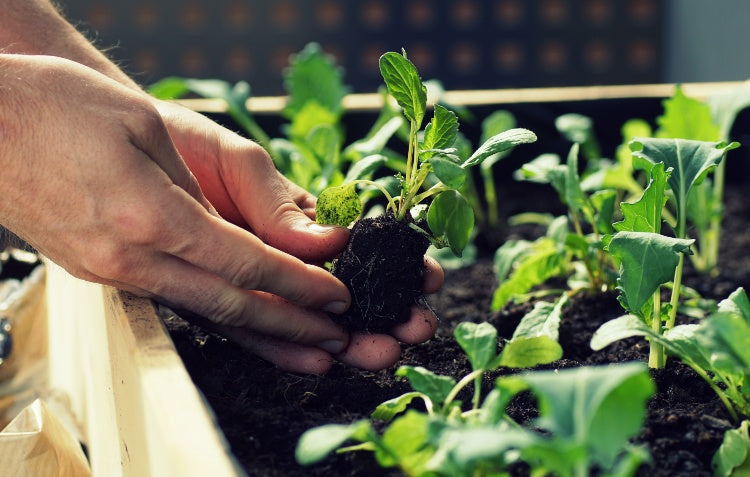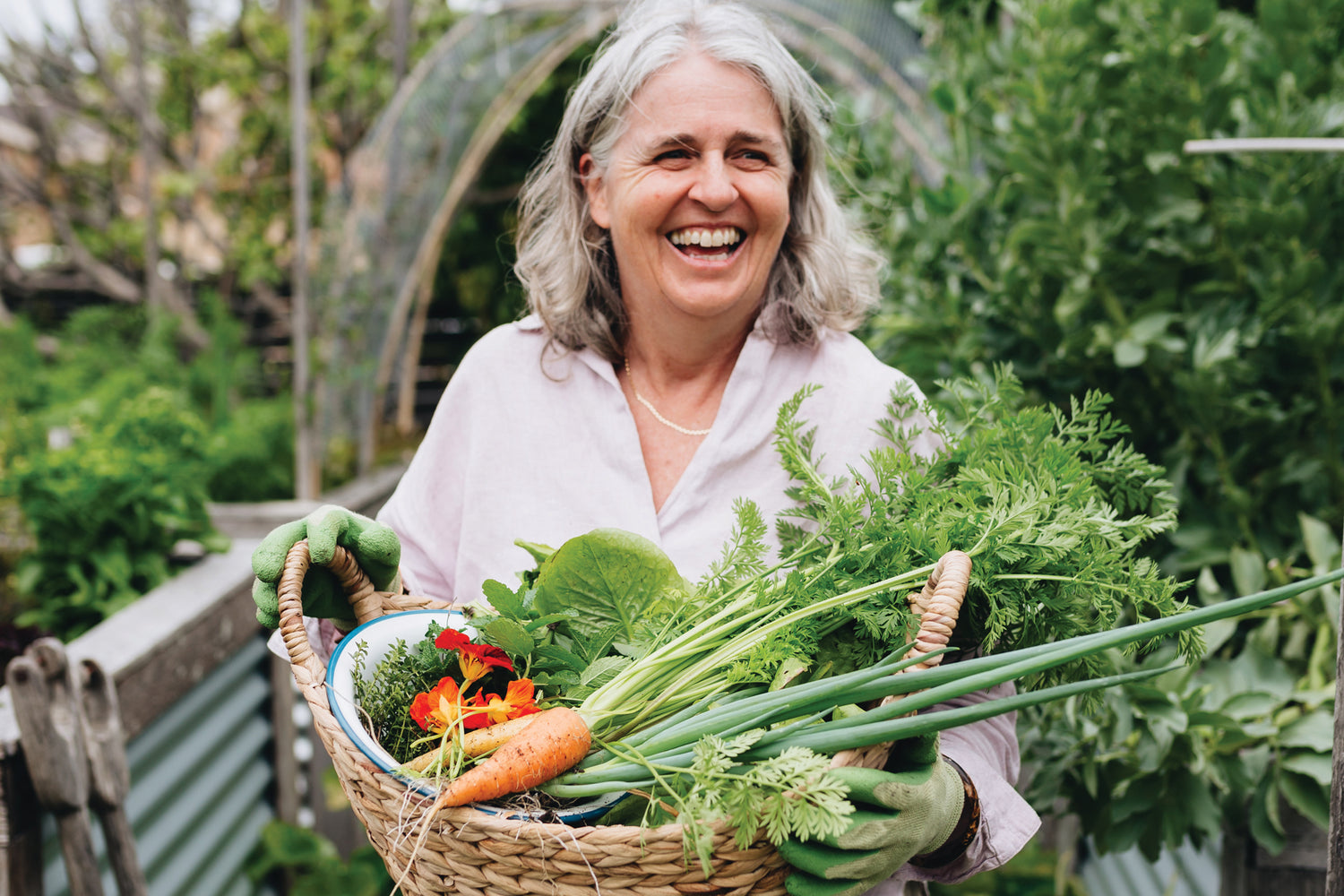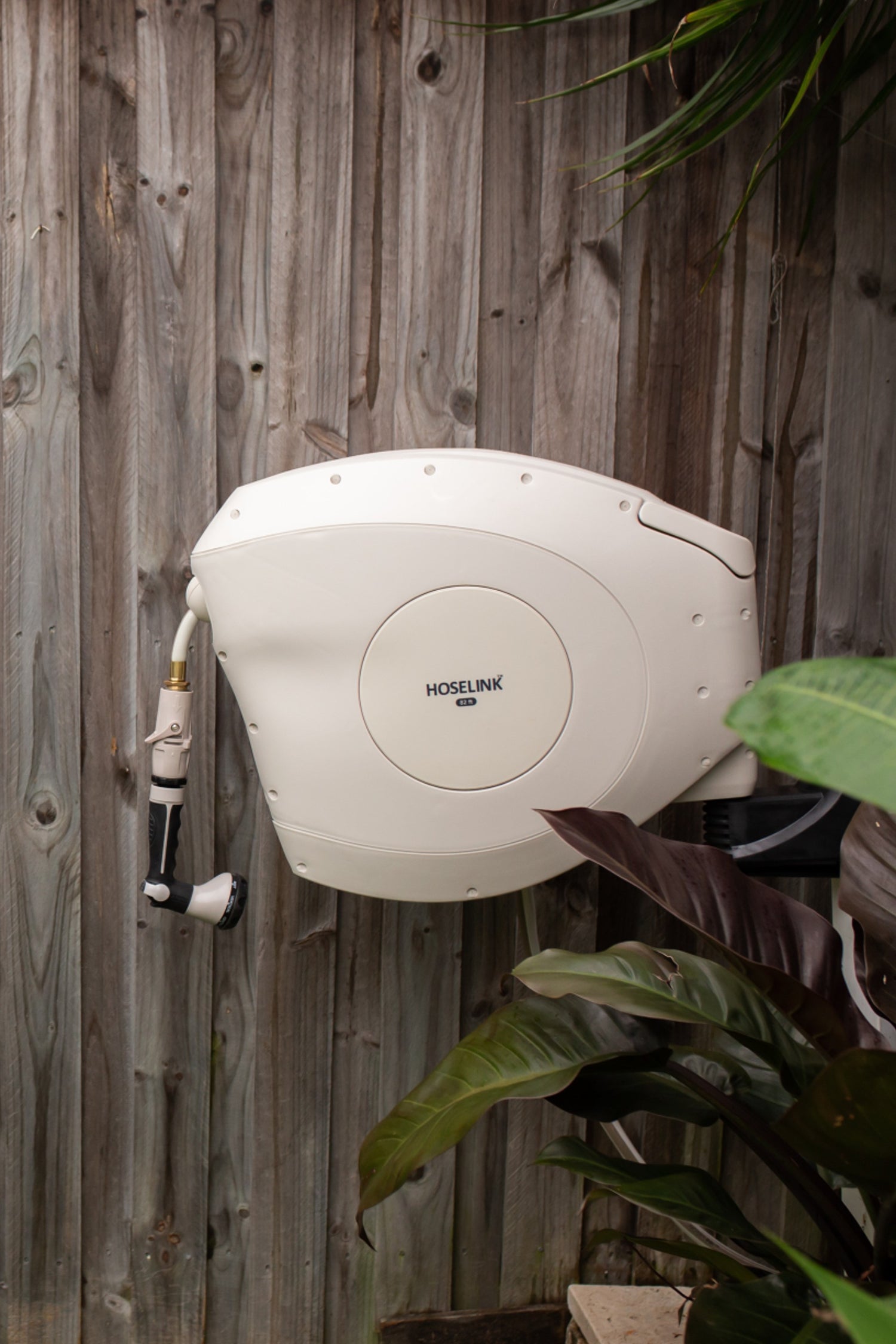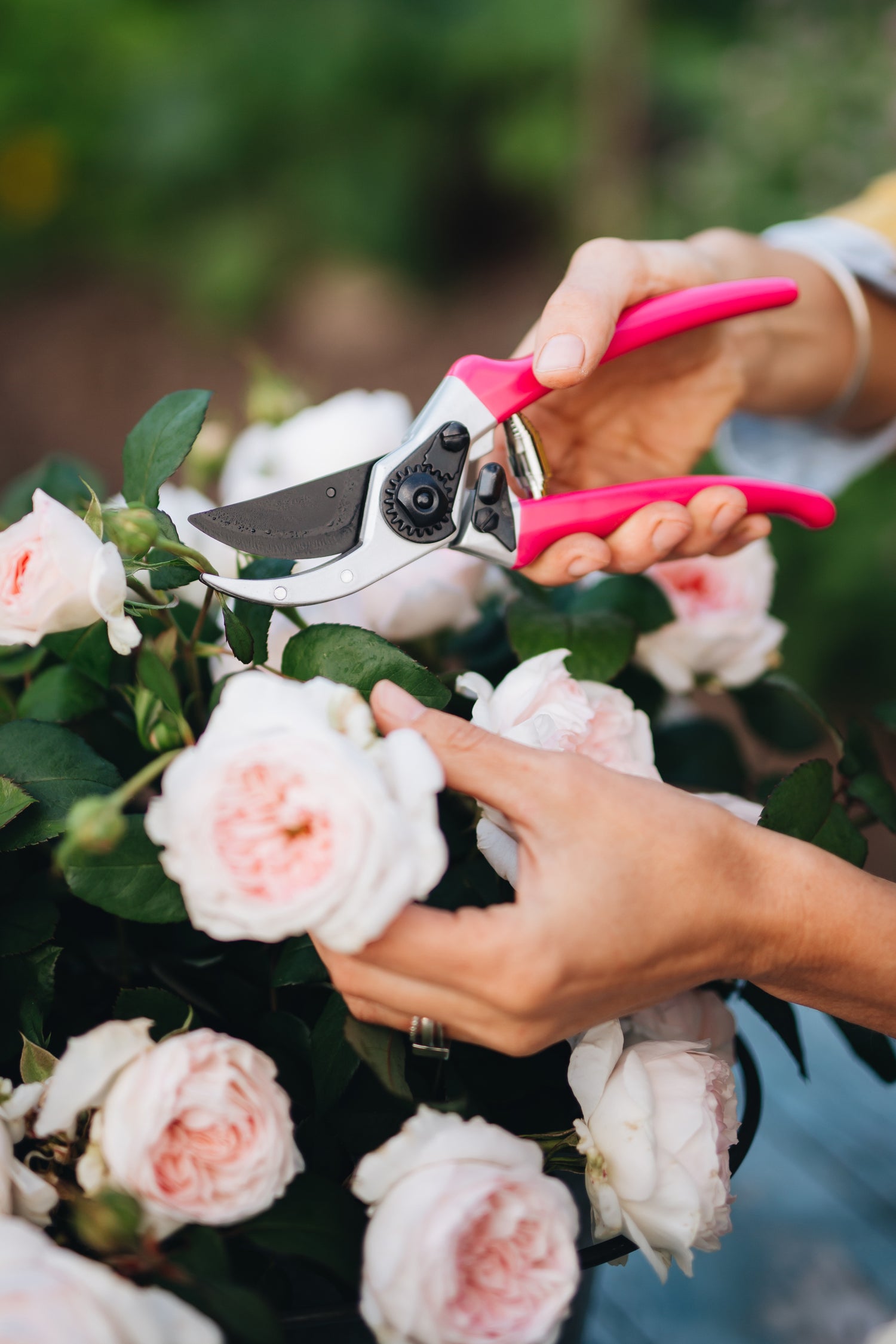Once upon a time it was only the practice of a diehard hippy home gardener, but companion planting has re-emerged as an extremely popular approach to gardening, particularly when growing veggies. It doesn’t require any extra manpower or money and can be adopted by beginner gardeners right through to those working in large-scale agriculture. However, regardless of its growing popularity, companion planting is quite commonly misinterpreted and misunderstood.
So, what is companion planting? Essentially, it’s an approach to planting and nurturing whereby plants are grown together within close proximity of each other, with the belief that they’ll support and complement each other in terms of health, growth and production.
Despite this, just like humans, some plants aren’t very fond of each other and shouldn’t be treated as neighbours. It’s this detail that raises various questions amongst gardeners like, ‘How reliable is companion planting?’ and, most pressingly, ‘What combinations of plants do and don’t make strong companions?’ Let’s dig a little deeper!

Benefits of companion planting
Physical Support
Plants and flowers that grow taller and stronger than others avail themselves as helpers to their low-growing neighbours. For example, high-growing sunflowers could be placed next to sprawlers such as cucumbers, zucchinis or squash, allowing them to use the sunflowers as a natural trellis to assist with growth.
Note: Trellises are often man made pieces of latticework, often formed from strips of wood, that allow for sprawling plants to intertwine and extend without any barriers.
Mutual Health
Companion planting allows plants to lean on each other for support, team up and cover each other’s weaknesses. Often, plants assist their neighbours through their roots as they have the potential to grow to different lengths and strengths, meaning those plants would be competing less for water and nutrients and absorbing more of what they need without depriving the needs of the other. Additionally, as nutrients are pulled by one plant, the biochemistry of the soil becomes open to change, potentially improving the colour, texture and even taste of surrounding plants.
For example, plants with elongated taproots like parsnips and carrots will tow nutrients from the depths of the soil, which then reduces the workload of those plants with shallow root systems in pulling and retaining their own nutrients from the soil. Similarly, legumes like peas, beans, and alfalfa act as a magnet for nitrogen, making it more accessible for other plants.

Combat weeds
Interspersing your taller, upright plants with sprawling plants can generate a thicker, more dense cover across the open space in your backyard, thwarting the growth of weeds.
Influencing sun, shade and wind exposure
Through companion planting, taller plants can offer protection from harsh sunlight or wind, which may damage more delicate and fragile plants.
Confuse pests and attract beneficial insects
As insects can often have different feeding needs and requirements during different stages of their life cycle, an assortment of plant types and species is crucial to attracting them. You’ll find that many beneficial insects like ground beetles, hoverflies and some forms of larvae eat other unwanted pests; however, due to their life cycle, there may be some months of the year where nectar and pollen are their preferred choices. Planting a bed of daisies or dandelions in your vegetable garden will not only go a long way to attracting pollinators, but also helps to increase yields from beans, peaks, potatoes, squash, and vine-growing fruits such as grapes, melons, and berries.
As opposed to planting the same variety of flora in one straight line, mixing up the variety through scattered groupings can also mystify pests and even isolate them to one area so that the damage is not as far spread.
Watering Companion Plants
When growing different varieties of plants within close proximity, another way to group them is by their watering needs. Vegetables known for their robust root system, like tomatoes, sweet potatoes, and asparagus, should be planted close together as they’ll flourish with a reduced watering schedule that focuses on longer, more thorough watering at a reduced frequency, giving the water time to soak deep into the soil.
Alternatively, plants with lighter more subtle root structures like onions, garlic and potatoes benefit from more recurrent, shorter watering sessions that dowse only the top layer of soil. For this approach, opt for a Hoselink Weeper Hose that can be wound around your garden bed to effortlessly operate your watering schedule for different parts of the garden.

Companion planting for raised garden beds
While raised garden beds are orderly, efficient, and easier to manage than traditional garden beds, they restrict plants into a confined space, which has both benefits and detriments. Choosing the best plants for your raised garden bed is critical in getting the best return for your hard work come harvest time and given the confined space, companion planting proves a worthy approach to take. Check out some of our recommendations below. 
Tomatoes + garlic + basil:
This combination works well to repel pests like slugs and snails. Basil also works well in enhancing the flavor of its neighbors.
Lettuce + carrots + chives:
When planted around carrots, lettuce has been proven to repel gnats and flies. Chives can also discourage aphids and beetles from feeding on your lettuce.
Kale + beets:
While beets are known to feed deep within your garden soil, kale has thinner roots that don’t extend more than a few inches below the soil, and therefore won’t fight for the same nutrients as other deep-rooted crops. They also provide crucial nutrients back into the soil and take far less time to be harvested compared to beets.
Radishes + marigolds:
This combination is known to help mitigate maggots and beetles that can damage radish roots. To deter slugs, you may also want to add scallions, chives or dill alongside them.

What about aesthetics?
Combine edibles with flowers:
The concept of socializing edible crops with ornamental plantings has grown rapidly in popularity, and aside from the benefits regarding pest control, pollination, and flavor enhancement, grouping veggies, herbs and flowers together adds a diverse range of textures and colors to your plot and provides year-round interest.
Combine seasonal bloomers:
Doubling up on plant species that not only support each other, but also have similar bloom times is the ideal blend! For example, bulbs that bloom in spring, such as tulips, daffodils and alliums match up perfectly with early-spring perennials, such as pansies, poppies and Virginia bluebells. These pairings allow you to enjoy a flourishing, colorful garden bed with blooms that hit their peak together.

Plant by height
Enjoy the orderly layout of all your flora through planting by size. Growing your tallest plants at the back, followed by your mid-sized plants, and your shortest at the front provides a neat level of precision that’s easy on the eye.
Give it your best shot
Companion planting is a great way to ensure you’ve got a gardening ecosystem that not only promotes healthy growth from within but can even support itself to some degree. Maintaining a dynamic and productive garden can be an arduous task, so to spend the time and energy researching and learning about like-minded plants is well spent in our eyes!
To see what veggies can and can’t be matched, refer to the table below which gives mention to some of our favorites!
|
PLANT |
COMPANIONS |
COMPETITORS |
|
Asparagus |
Basil, Parsley |
Potatoes, Beetroot |
|
Beans |
Cucumbers, Marigolds |
Garlic, Sunflowers |
|
Beetroot |
Silver beet, Dill |
Beans, Tomatoes |
|
Cabbage |
Lavender, Nasturtium, Tansy |
Strawberries, Tomatoes |
|
Cucumbers |
Artichoke, Nasturtium |
Potatoes, Beans |
|
Eggplants |
Beans, Marjoram |
Beans, Peas |
|
Leek |
Carrot, Celery |
Beans, Peas |
|
Potatoes |
Lettuce, Silver beet, Onion |
Sunflowers, Pumpkin, Onions |
|
Spinach |
Beetroot, Onion |
Celery, Shallots |
|
Strawberries |
Lettuce, Silver beet, Spinach |
Cabbage, Tomatoes, Garlic |










